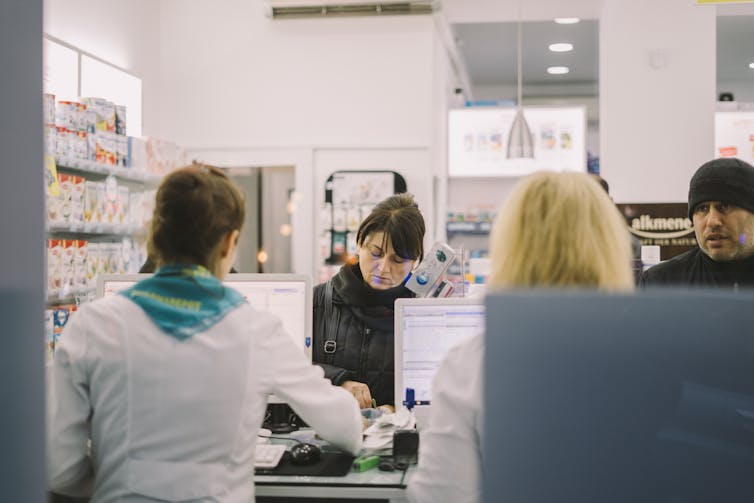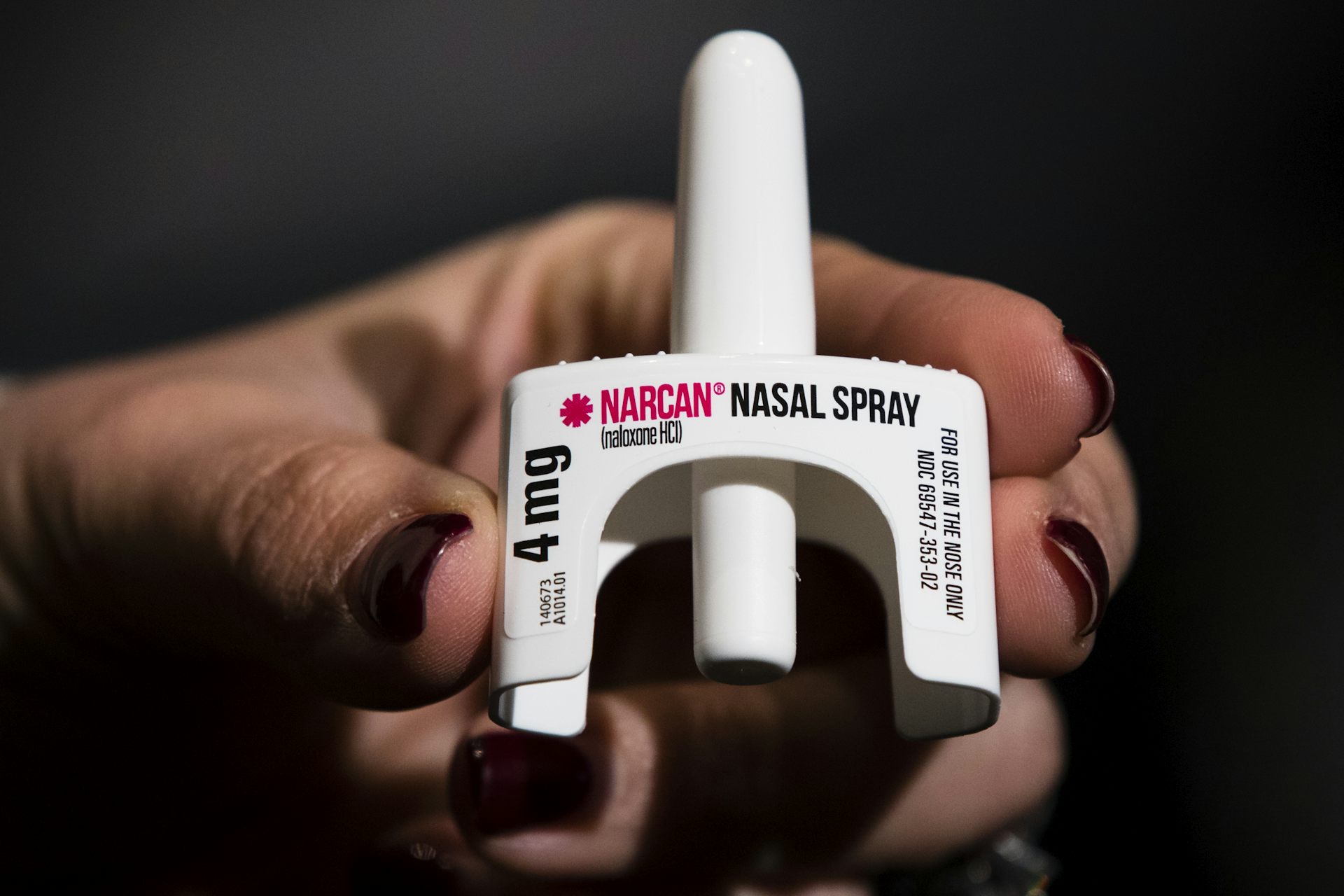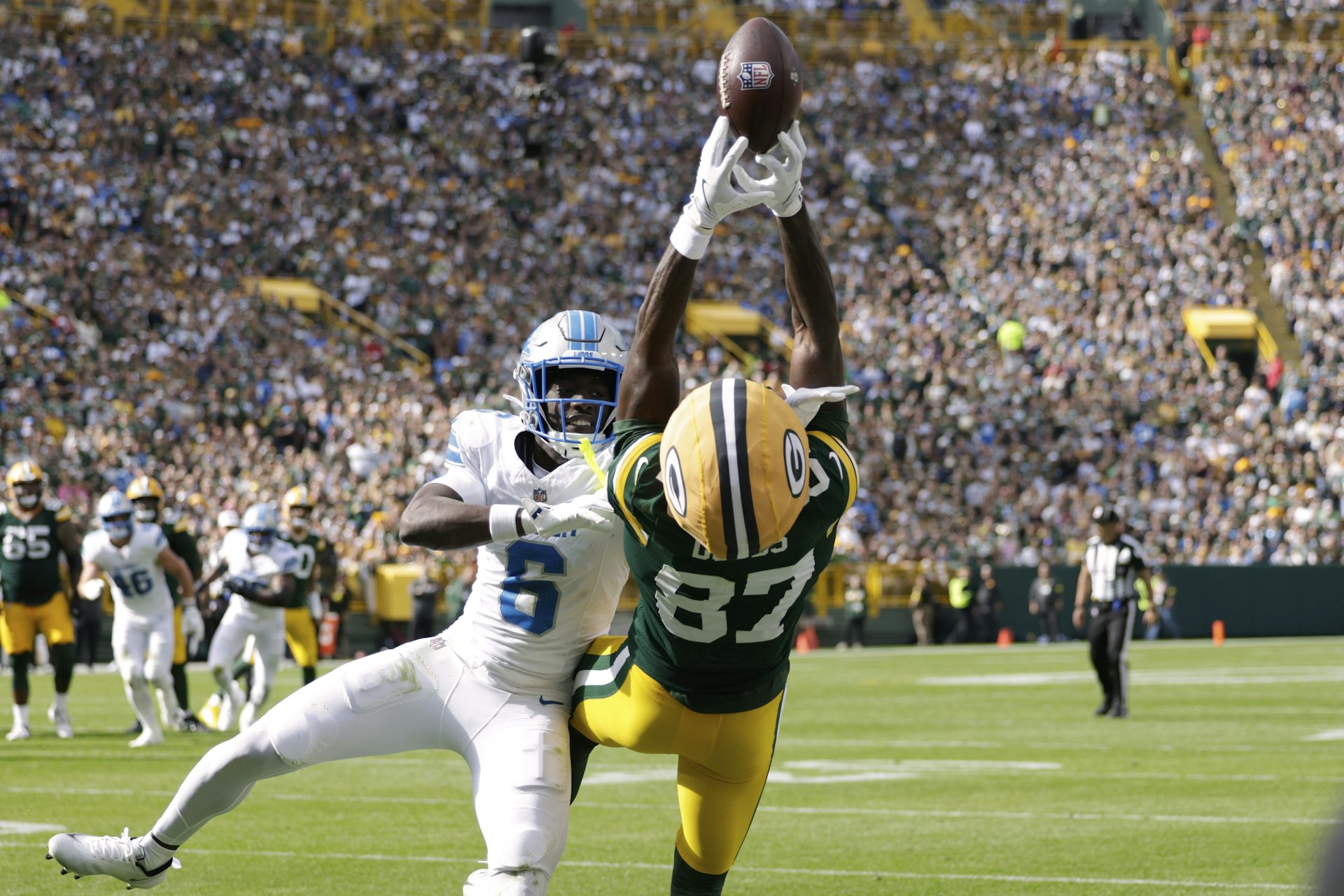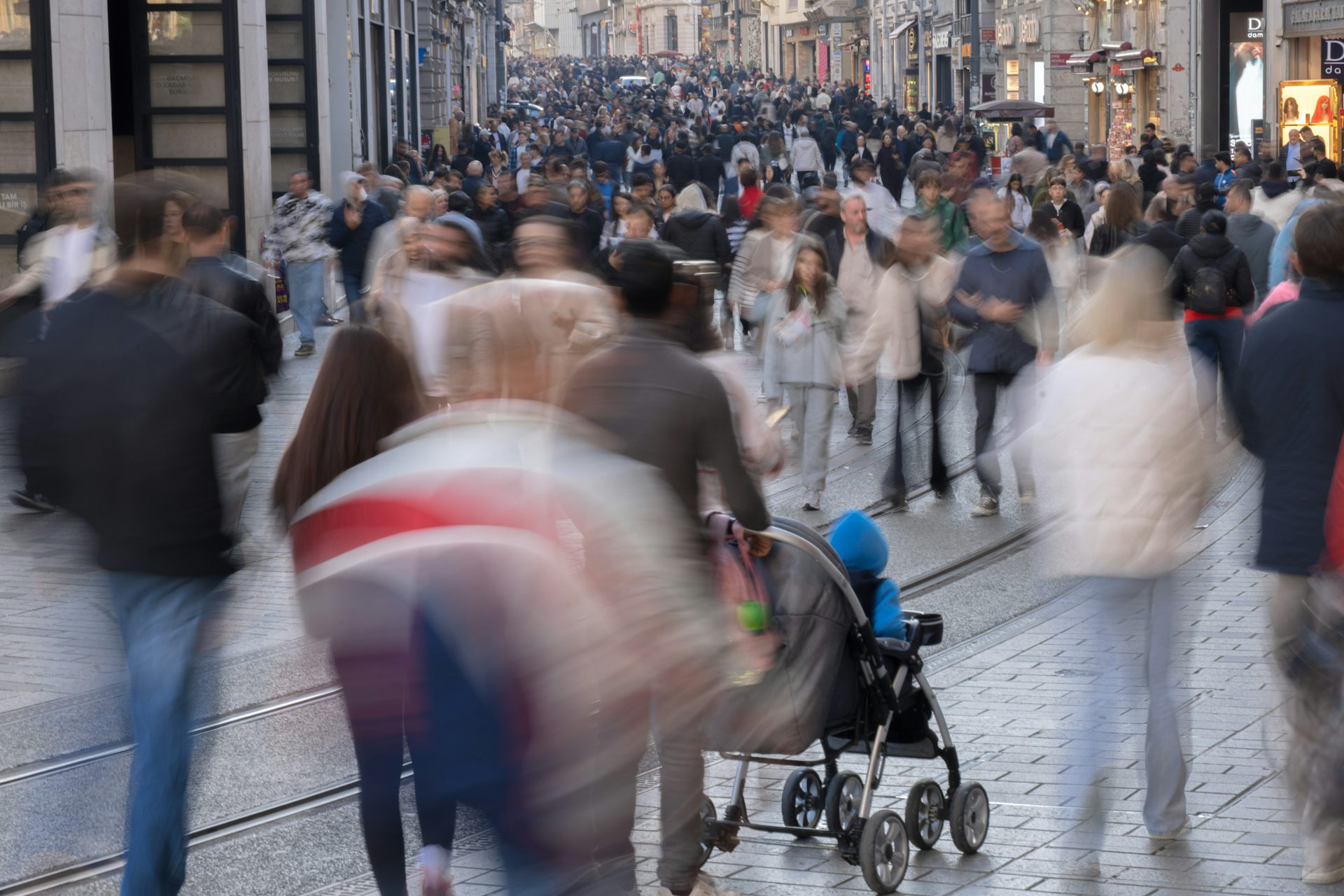Experiencing physical pain can cause you to overspend
New research suggests people who are experiencing physical pain are willing to spend more money than they otherwise would.

The Research Brief is a short take about interesting academic work.
The big idea
Suffering from pain causes consumers to spend more money than they otherwise would – perhaps 20% more – according to new research I conducted. This is based on the idea of what marketing scholars call the “pain of paying.” It “hurts” when we give our hard-earned money to the cashier, even if doing so means receiving a product or service in kind. It’s a pain that’s both emotional and detectable in neurological scans, but physical pain can mute it.
In a series of studies, I found that being in physical anguish reduces the pain of paying, and so people end up spending more money. In one study, participants were asked to place their hands in cold water, a common technique to induce pain, and view a computer mouse for sale on a screen. I found that people experiencing mild discomfort were 67% more likely to be interested in buying the mouse than those whose hands remained dry and pain-free. In another study conducted in Melbourne, Australia, people going in and out of a dentist’s office were offered a coffee mug and asked how much they’d be willing to pay for it, from nothing to AU$12. People coming out of the office, who were more likely to be in pain because of their procedures, offered to pay an average of AU$4.42 for the mug, while those entering offered to pay AU$3.67.
Because the same area of the human brain processes all sorts of pain, being in physical pain takes up more of the brain’s resources, making it harder to process – and feel – other types of discomfort, such as emotional pain one might feel from being socially rejected by others, and the pain of paying for things.

Why it matters
Nearly 1 in 5 Americans – about 65 million – experiences chronic pain, with similar shares in Europe, Australia and China.
Past research has studied how pain lowers life satisfaction and psychological well-being. But I couldn’t find any studies that looked at how pain affects consumer behavior, which is important because, after all, people in pain still need to make decisions about what to buy every day.
I believe that my findings are important for another reason. The pain of paying helps us avoid overspending. “Retail therapy” can be common during tough times like the pandemic, and the plethora of discounts and instant gratification when shopping online can be tempting. My findings suggest that people in physical pain may be more susceptible to surge pricing and other marketing tricks that get people to spend more money. Americans are already holding a lot of credit card debt as it is.
What’s next
My colleagues and I have also started looking at how physical pain influences what people choose to eat. We’re in the initial stages of the research, but we have early evidence that being in physical pain increases people’s willingness to eat more fast food. The reason seems to be the same: We experience guilt when we eat too much junk food, and experiencing physical pain seems to decrease this emotion.
Eugene Y. Chan does not work for, consult, own shares in or receive funding from any company or organization that would benefit from this article, and has disclosed no relevant affiliations beyond their academic appointment.
Read These Next
How does Narcan work? Mapping how it reverses opioid overdose can provide a molecular blueprint for
Naloxone can reverse an overdose in minutes, but exactly how it does this at the molecular level has…
George Plimpton’s 1966 nonfiction classic ‘Paper Lion’ revealed the bruising truths of Detroit Lions
George Plimpton, then a 36-year-old literary editor, endured the brutal realities of a professional…
What makes a true Santa is inside – and comes with the red suit
Researchers who surveyed 849 professional Santas found that one-third of them didn’t adhere to the…






